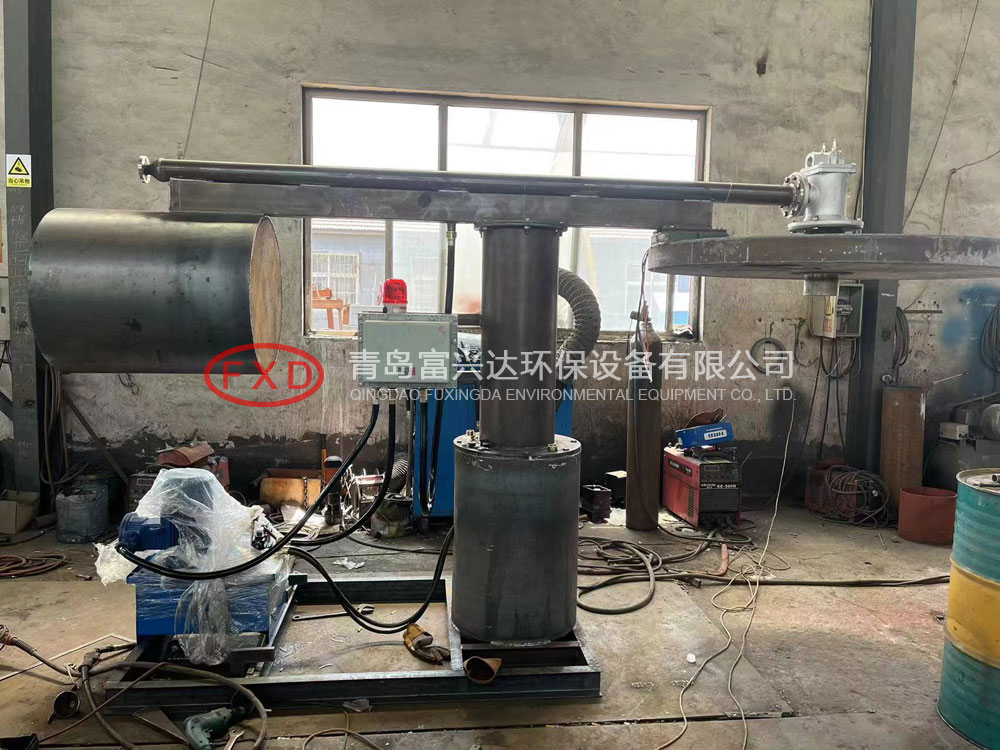
The first steelmaking ladle was used until July 2016. The traditional structure is: ladle shell → permanent layer of lightweight refractory fiberboard → high aluminum castable working lining
Under this pouring process operation, the working layer of the ladle is prone to produce small cracks in the shape of refractory fiberboard under long-term high temperature and pressure. When the temperature and static pressure of the iron are large enough, the heat from the high-temperature iron will soften the steel ladle shell, the unbearable static iron pressure will lead to the red and swollen ladle passing through the shell or iron accident, which will bring a series of safety hazards, reduce the safety of employees, reduce the service life of the ladle, burn the equipment, cause production interruption and large consumption of wear-resistant materials and other adverse effects. Therefore, our factory has improved the ladle casting process. At present, the average service life is 1300 sets, and the maximum service life is 1407 sets
With the increase of demand, the pace of production is also significantly accelerated. The frequent turnover of ladle (downward minor repair, overhaul, etc.) brings certain pressure to the continuous production of converter. According to statistics, the average service life of ladle in the first half of 2016 was 660, the minor repair cycle was 50.2, and the turnaround time was 30.4 minutes
In order to meet the production rhythm of the converter and reduce the impact on the turnover of iron ladle (the replacement of the turnover of iron ladle takes time to exchange iron), from the improvement of the ladle era, reduce the turnover frequency of the ladle, improve the efficiency of the use of the ladle, buy time for the converter production, and achieve the win-win goal of reducing the consumption of wear-resistant materials< br/>


 111
111 